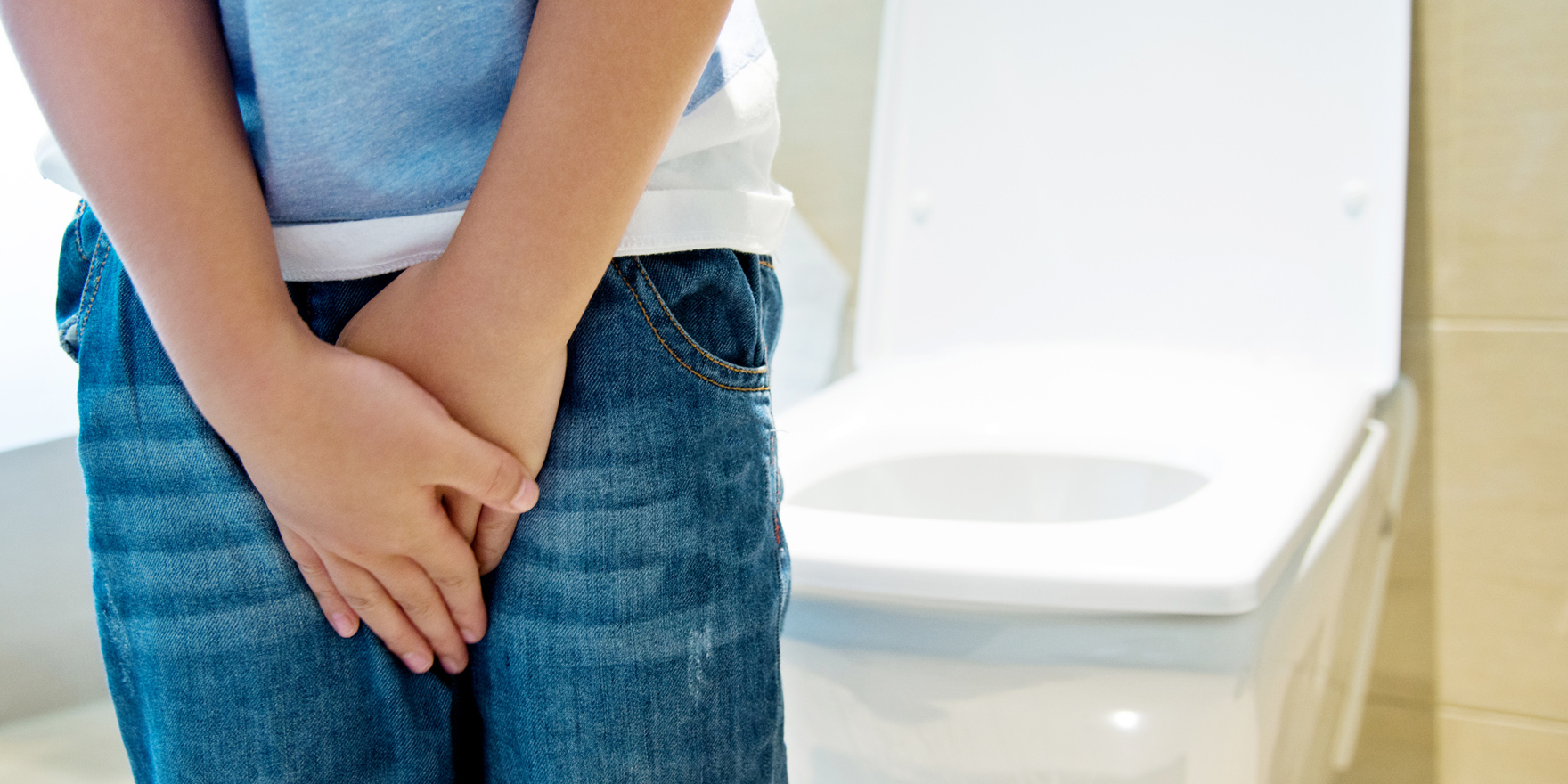Daytime urinary incontinence impacts on quality of life much more than night wetting
Daytime urinary incontinence affects quality of life much more than night wetting.
“You can hide night wetting but you can’t hide wet pants at school,” says Associate Professor Patrina Caldwell, an academic paediatrician and senior staff specialist at Westmead’s Children’s Hospital.
There are many causes of daytime urinary incontinence, including overactive bladder, voiding postponement, dysfunctional voiding, constipation, vaginal reflux, pollakiuria, giggle incontinence, stress incontinence, UTIs, diabetes mellitus, diabetes insipidus and anxiety.
[media_embed] https://player.vimeo.com/video/204132926 [/media_embed]
Children with an overactive bladder often have a small bladder capacity. The condition is often associated with constipation.
“Standard treatment is what we call urotherapy, which is drinking enough, making sure they’re not constipated, and getting them to void regularly during the day,” says Associate Professor Caldwell.
“If urotherapy is not enough, you might want to add medications, such as oxybutynin, tolterodine or solifenacin.
“We have started using TENS, transcutaneous electrical nerve stimulation via physiotherapists. That has been quite successful in one or two studies showing they are as successful as anticholinergics.”


